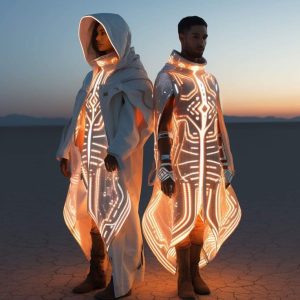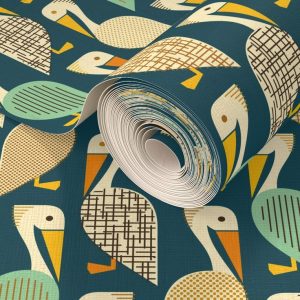Fundamentals of Fabric Design
Fabric design is one of the most important branches of fabric design, playing a vital role in the aesthetics, functionality, and final use of fabrics. This field is a combination of art, science, and technology, with the aim of creating designs and patterns that are not only visually appealing but also meet practical and cultural needs. This article explores the fundamentals of fabric design.
Concept of Fabric Design
Fabric design is one of the most exciting and widely applied fields of art and industry, where aesthetics, creativity, science, and technology are intertwined. This field refers to the process of creating designs, motifs, and patterns that are either applied directly in the weaving process or printed on the fabric, or both. Fabric design not only helps beautify the product but also affects the fabric’s practical, cultural, and even psychological features. To gain a deeper understanding of the concept of fabric design, one must examine its roots, objectives, processes, and influencing factors.
Main Elements of Fabric Design
To create beautiful and functional designs, designers must pay attention to the main elements of design. These elements include:
-
Color
Color is one of the most important elements of fabric design, directly affecting the viewer’s attention and conveying emotions. The use of color psychology in fabric design helps designers evoke specific feelings like calmness, energy, excitement, anger, and joy. Color psychology studies the relationship between colors and human behavior. Your feelings about colors are often personal and rooted in your culture or experience.
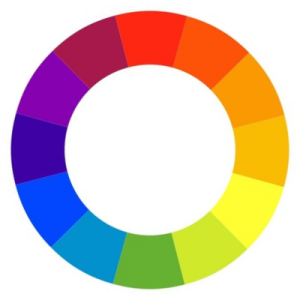
-
Pattern
A pattern is a regular repetition in the world, whether in human-made designs or abstract ideas. The motifs of a pattern repeat in a predictable way. Geometric patterns, for example, consist of geometric shapes like wallpaper designs and are typically repeated. Types of patterns include geometric, animal prints, floral designs, abstract, symmetrical, and natural patterns.
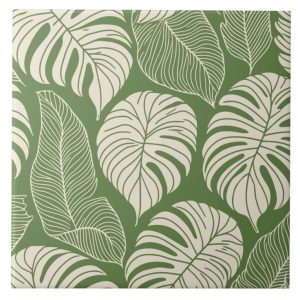
-
Texture
Fabric texture can be either tactile or visual.
Visual texture is purely two-dimensional. As the name suggests, it is observed and understood by the eye. It may also stimulate the sense of touch.
Tactile texture is something that can be seen with the eye and touched with the hand. This texture rises from the two-dimensional surface and forms a three-dimensional raised effect.
Choosing the right texture can create a specific sensation, such as softness, hardness, or roughness in the design.
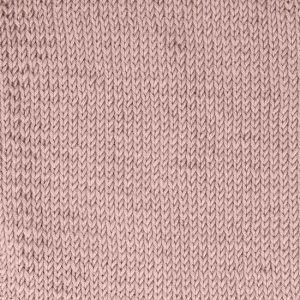
-
Scale
The size and dimensions of the designs relative to the entire fabric must be properly adjusted. Large patterns are typically used in home décor or special garments, while smaller patterns are more common in everyday clothing.
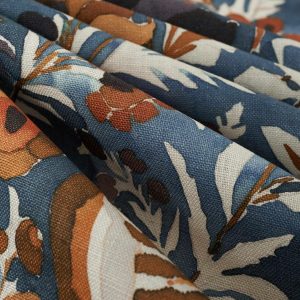
-
Composition
Composition refers to the logical arrangement of visual elements in a given space, either in two-dimensional or three-dimensional forms. Composition is carried out according to specific rules and precise calculations, establishing connections, links, and logical relationships between visual elements. The arrangement and organization of various design elements on fabric is of great importance.
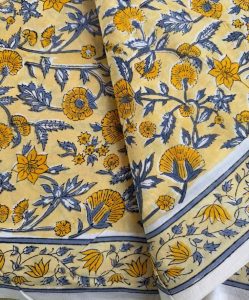
Principles of Fabric Design
To achieve a successful design, adherence to the following principles is essential:
-
Harmony
Harmony design has roots in Greek words, and in common language or philosophy, it is understood as “proportion.” Originally, harmony means unity and balance, reflecting the unity of parts and forming a whole.
-
Balance
Balance between colors, shapes, and empty spaces in fabric design creates a pleasant feeling for the viewer.
-
Contrast
Contrast refers to the difference in color or the opposition of objects that makes them distinguishable (or their images distinguishable from one another). The French word “contrast” means contrast and separation, and it is one of the foundational principles of various art forms.
-
Rhythm
Repetition and order in patterns create rhythm in design, giving the fabric a sense of structure and balance. Repeating visual elements in a pattern or visual space creates visual rhythm.
Types of repetition include:
-
-
Uniform repetition: Repeating a visual element, like an apple, in a uniform and sequential manner.
-
Alternating repetition: Uniform repetition of a visual element with alternating changes that draw the viewer’s attention to a movement or central element.
-
Evolutionary repetition: Visual elements begin in one state and evolve in rhythm towards their final form.
-
Wavy rhythm: Often the result of curved lines and surfaces.
-
-
Emphasis
Selecting a focal point and emphasizing it in the design can attract the viewer’s attention to a specific area of the fabric.
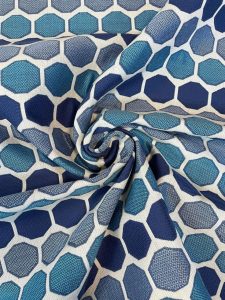
Fabric Design Process
Fabric design involves steps that help the designer move from the initial idea to the final product. These stages include:
-
Research and Inspiration
The designer should study sources of inspiration such as nature, art, cultures, or fashion trends.
-
Idea and Sketching
Initial ideas are usually sketched either manually or digitally.
-
Color and Pattern Selection
Choosing the right color palette and pattern is one of the key decisions in design, as it plays a significant role in conveying emotions and capturing the attention of viewers and customers.
-
Prototyping
Before mass production, designs are printed or woven onto sample fabric to give a preview of the final product, providing an opportunity to finalize and refine the fabric printing.
-
Revisions and Finalization
After reviewing the sample, necessary changes are made, and the design reaches its final form before being mass-produced and made available to customers.
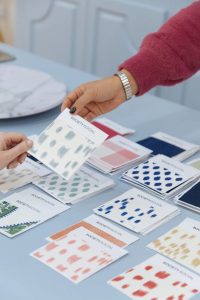
Technologies Used in Fabric Design
Fabric design has undergone significant changes with technological advancements. Key tools include:
-
Digital Design Software
Software like Adobe Photoshop and Illustrator allows designers to create complex and precise designs.
-
Digital Fabric Printing
Digital printing technology enables direct transfer of designs onto fabric, offering more variety in color and pattern.
-
CAD-Assisted Design
CAD (Computer-Aided Design) software is used to create intricate and precise patterns in the fabric industry.

Importance of Education and Skill Development
To succeed in fabric design, familiarity with both artistic and technological principles, as well as gaining hands-on experience, is essential. Some key considerations include:
-
Studying Specialized Resources:
Books, journals, and training courses can provide comprehensive information about the fundamentals of fabric design.
-
Practice and Experimentation:
Continuous practice and working on real projects help designers strengthen their skills.
-
Using Advanced Software:
Familiarity with digital tools plays a crucial role in enhancing the quality and creativity of designs.
-
Discussion and Collaboration:
Collaborating with other designers and participating in artistic and specialized events increases learning opportunities and professional growth.

Cultural and Artistic Impacts on Fabric Design
Fabric design has always reflected the art and culture of societies. Traditional Iranian designs, such as Islimic patterns, Qalamkar motifs, Khatai motifs, Islamic geometric designs, Tazhib motifs, and Boteh Jaqa, showcase the identity and beauty of Iranian art and culture with diverse and creative combinations.
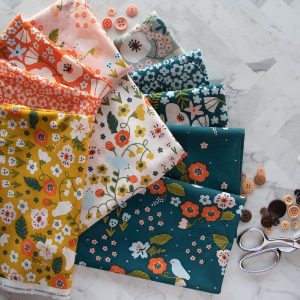
Applications of Fabric Design
Examples of fabric design applications in various fields:
-
Fashion and Apparel Industry:
Everyday clothing, formal wear, special garments, work wear, uniforms, accessories, and bags and purses.
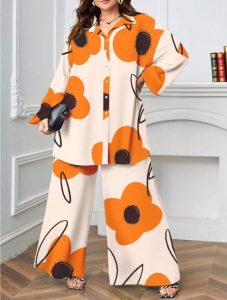
-
Interior Decoration:
Fabric design is essential in furniture production, upholstery for chairs, sofas, and other pieces. Choosing durable fabrics with diverse patterns can enhance the durability and aesthetics of furniture. Fabric is also crucial in producing tablecloths, curtains, cushions, and bedspreads.
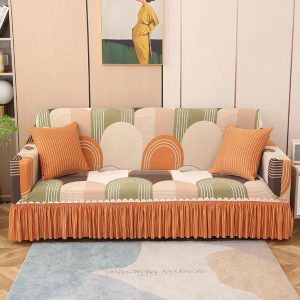
Future view of Fabric Design
With technological advancements and changing fashion trends, the future of fabric design is moving toward further innovations. The use of smart technologies, new materials, and sustainable methods in producing high-quality fabrics not only facilitates the creation of unique designs but also brings positive environmental, economic impacts, reducing costs and waste.
